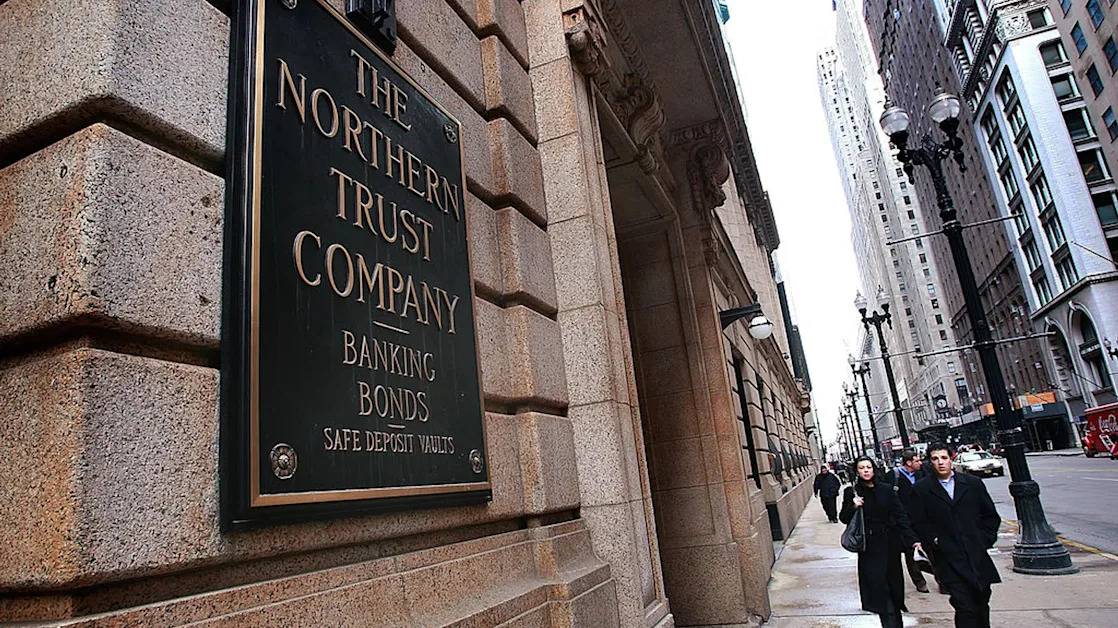Northern Trust exec: Crypto rule changes may ease tokenization
- March 17, 2025
- Category:

This story was originally published on Banking Dive . To receive daily news and insights, subscribe to our free daily Banking Dive newsletter .
Recent regulatory shifts around cryptocurrency could unlock innovation and growth for tokenized traditional assets, too, Northern Trust’s head of digital assets for North America said.
Biden-era anti-crypto regulations and regulatory actions “weren’t just making it a challenge to work in the innovation space for crypto, but for all traditional digital assets, as well,” said Andy Czupek, the Northern Trust executive.
To a client, a tokenized bond is the same as a traditional bond, with the same value and stability by a slightly different name, Czupek said. The difference is in its infrastructure: Built on the blockchain, tokenized assets can provide benefits for banks and financial institutions.
With tokenization, settlement and reconciliation are “more efficient and faster and transparent, with data available directly to clients,” Czupek said.
“The fact that you can have more of a real-time pace to it and more of a transparent data capability allows for not only that speed and transparency, but also the elimination of certain mediating parties that cause more friction and more cost to be borne by the client,” he said.
Northern Trust launched its digital asset platform, now called Matrix Zenith, in 2017. It started as a blockchain administration system for the private equity market, developed with IBM. It’s since expanded to include other solutions, including one addressing digital carbon credits .
BNP Paribas found that, compared to a traditional two- to three-business days settlement cycle, tokenized bonds can settle in minutes, and potentially even seconds, from buying to ownership.
Czupek, who has been with Northern Trust since 2017, cut his teeth as a trader on the Chicago Board of Trade (now CME Group) when he was a teenager.
The shift to tokenization “is not too dissimilar from 30 years ago, when we were transitioning equities and derivatives from pit trading and floor trading to electronic trading systems,” he said.
He likened working in tokenized assets to the thrill of the trading floor. “There's so much possibility in this new infrastructure,” he said.
There’s a regulatory benefit to financial transactions on the blockchain network, Czupek said, because it would allow regulators to participate in audits, transactional reviews or any kind of regulatory oversight in a more immediate fashion.

